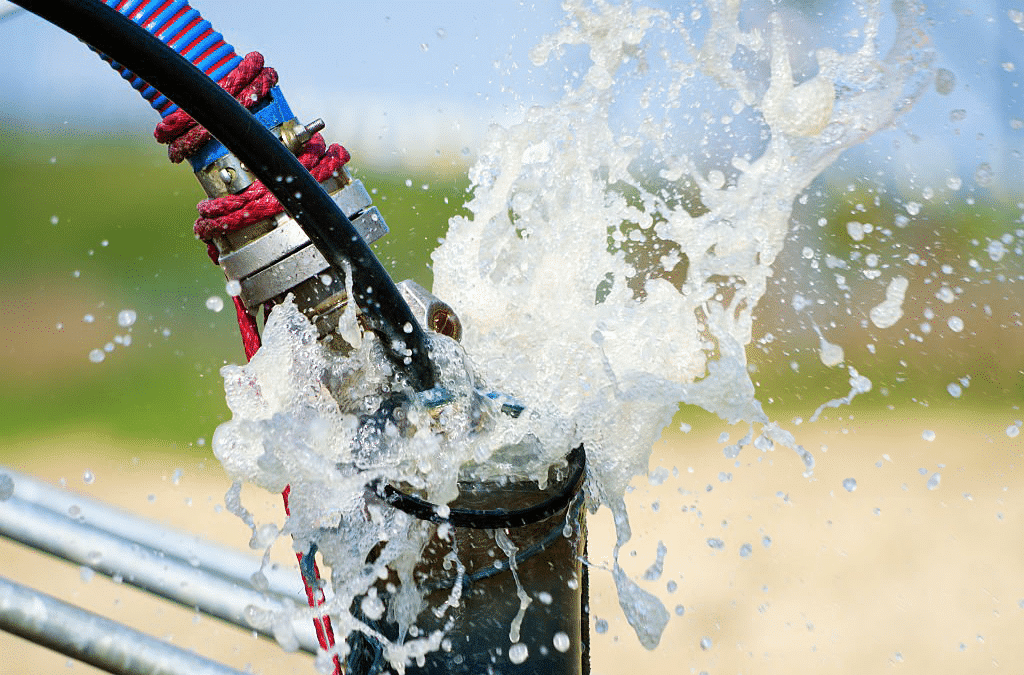Water bore cleaning involves a systematic process of circulating biodegradable cleaning solutions through bore systems to dissolve iron bacteria and mineral deposits, restoring optimal water flow and quality when performed with proper safety protocols.
Iron fouling in water bores costs Australian agricultural and industrial operations millions annually through reduced efficiency and premature equipment failure. This comprehensive guide provides the step-by-step process for effective water bore cleaning, focusing on iron bacteria removal and system restoration using proven methods developed over 30 years of Australian field experience.
Understanding Iron Fouling in Water Bores
Iron fouling occurs when naturally occurring iron-related bacteria interact with dissolved iron in groundwater, forming biofilm and mineral encrustations that progressively block bore screens, pumps, and associated pipework. This process accelerates in Australia’s iron-rich groundwater environments, particularly affecting agricultural irrigation systems, council water supplies, and mining operations.

The fouling process begins with iron bacteria consuming dissolved iron and oxygen, producing sticky biofilms that trap additional particles and minerals. Over time, these deposits form hard encrustations that significantly reduce water flow rates and compromise system efficiency.
Modern water bore cleaning addresses both the biological and chemical components of iron fouling through systematic application of biodegradable cleaning solutions that dissolve accumulated deposits whilst remaining safe for users and the environment.
Pre-Cleaning Assessment and System Preparation
Initial Bore Assessment requires comprehensive evaluation of bore condition, water chemistry, and system configuration. Document current flow rates, water quality parameters, and visual signs of contamination before beginning the cleaning process.
Test water samples for iron content, pH levels, and bacterial presence to determine appropriate cleaning product selection and dosage requirements. This baseline data enables accurate assessment of cleaning effectiveness and guides post-treatment verification procedures.
System Modification Requirements include installing circulation pipework to ensure effective product distribution throughout the bore system. Remove the discharge pipe at the bore head and install a return pipe from the bore head back down the casing, ensuring minimum 18mm diameter for adequate circulation.
Elevate the bore cap if necessary to accommodate the return pipe whilst maintaining system integrity. Proper circulation setup is critical for effective cleaning product distribution and optimal treatment results.
Safety Equipment Preparation encompasses personal protective equipment, emergency response materials, and proper ventilation arrangements. Ensure protective eyewear, chemical-resistant gloves, and appropriate clothing are readily available before beginning the cleaning process.
Step-by-Step Water Bore Cleaning Process
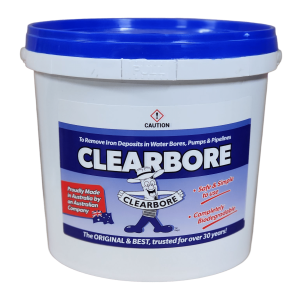
Step 1: Product Selection and Dosage Calculation
Select appropriate cleaning products based on bore depth, diameter, and contamination severity. Clearbore products offer proven solutions for various applications, with dosage calculations based on bore volume and fouling intensity.
Calculate total bore volume using bore depth and diameter measurements, then determine product requirements according to manufacturer specifications. Typical dosage rates range from 1-3kg per 100 metres of bore depth, adjusted for contamination severity.
Step 2: Pre-Dissolution and Mixing Procedures
For optimal results, pre-dissolve granular cleaning products in water using a 1:10 ratio. Mix 20kg of product in 200 litres of water, using warm water to accelerate dissolution and ensure complete product activation.
Ensure thorough mixing to eliminate undissolved particles that could cause pump damage or uneven treatment distribution. Complete dissolution typically requires 15-20 minutes of continuous mixing.
Step 3: Product Application and Circulation
Start the bore pump to establish water circulation through the modified pipework system. Pour the pre-dissolved cleaning solution into the bore whilst maintaining continuous circulation to ensure even distribution throughout the system.

Monitor circulation flow to verify adequate product distribution reaches all contaminated areas. Proper circulation ensures contact between cleaning solution and fouling deposits throughout the bore screen and associated pipework.
Step 4: Treatment Circulation Period
Maintain continuous circulation for minimum six hours, allowing sufficient contact time between cleaning solution and accumulated deposits. Extended circulation periods may be required for severely contaminated systems or deep bores.
Monitor system pressure and flow rates during circulation to identify improvements in bore performance as deposits dissolve. Pressure reductions and flow increases indicate successful deposit removal.
Step 5: Post-Treatment Flushing and Testing
After completion of the circulation period, flush the system thoroughly with fresh water until all cleaning product residue is removed. Use provided testing solutions to verify complete residue removal before returning to normal operation.
Test water quality parameters including pH, iron content, and visual clarity to confirm successful treatment completion. Water should return to baseline pH levels within 0.5 units and show significant improvement in clarity and iron content.
Safety Protocols and Equipment Requirements
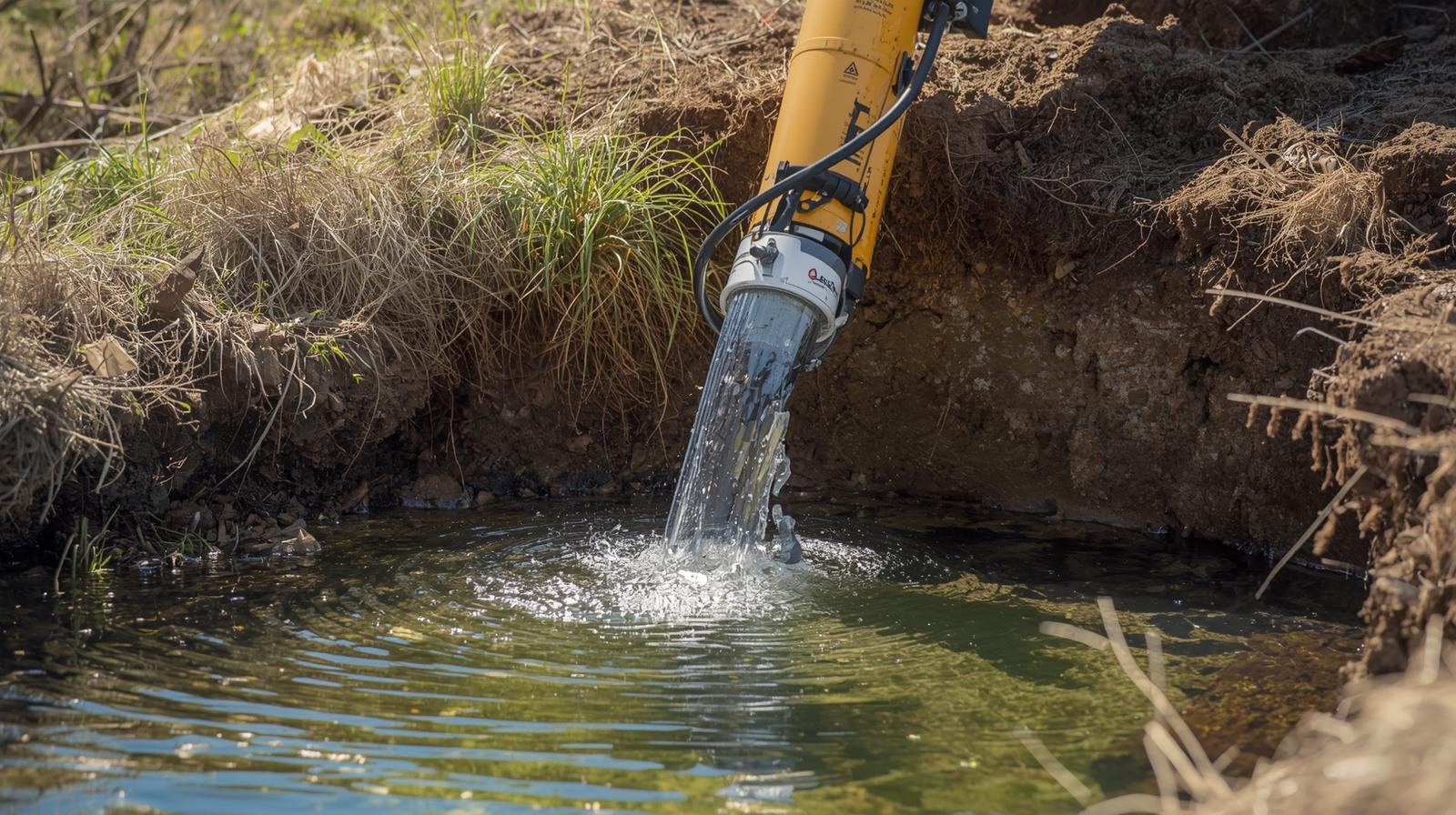
Personal Protective Equipment Standards require chemical-resistant gloves, safety eyewear, and appropriate clothing when handling cleaning products. Ensure adequate ventilation when working with any chemical solutions, particularly in confined spaces.
Maintain emergency eyewash solutions and first aid equipment readily accessible throughout the cleaning process. Review Safety Data Sheets for all products used and ensure all personnel understand proper handling procedures.
Environmental Safety Considerations include proper disposal of treatment water and protection of surrounding areas from accidental spills. Allow treated water to disperse onto absorbent ground where biodegradable products can break down naturally.
For irrigation systems, treated water can be dispersed through reticulation networks to simultaneously clean pipework and irrigation equipment. This approach maximises treatment benefits whilst ensuring environmentally responsible disposal.
Emergency Response Procedures encompass spill containment, exposure treatment, and emergency contact protocols. Maintain emergency contact information for poison control centres and ensure all personnel understand response procedures for various emergency scenarios.
Troubleshooting Common Cleaning Issues
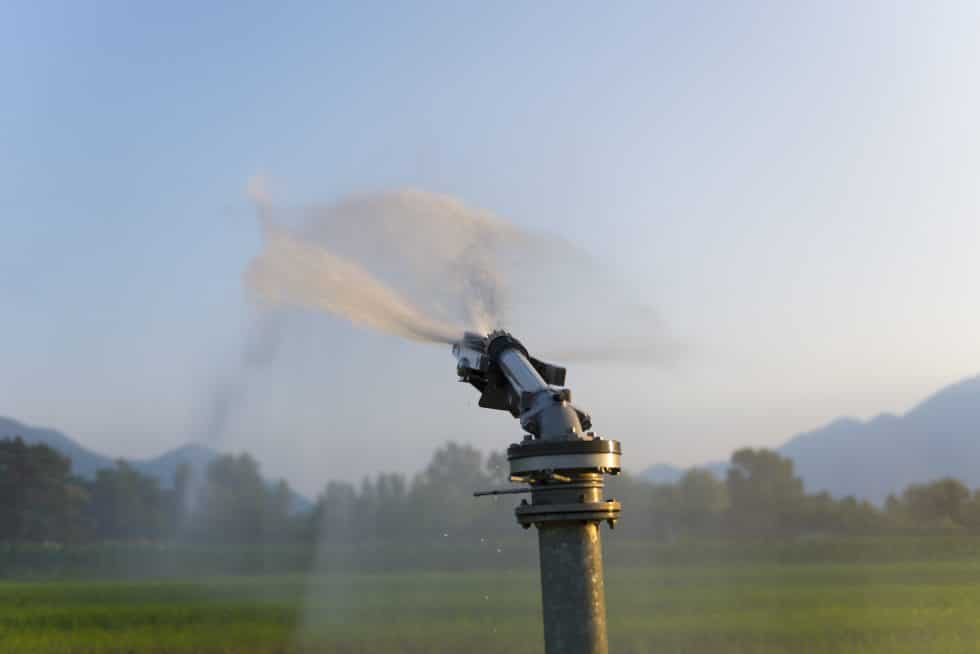
Inadequate Circulation Problems often result from insufficient return pipe diameter or pump capacity limitations. Verify return pipe meets minimum 18mm diameter requirements and pump capacity adequately supports circulation flow rates.
Address circulation restrictions by clearing blocked pipework or adjusting system configuration to ensure proper product distribution throughout the bore system.
Persistent Contamination Issues may require extended treatment periods or stronger product concentrations. Severely fouled systems benefit from multiple treatment cycles with intermediate flushing periods between applications.
Consider professional assessment for systems showing minimal improvement after initial treatment, as underlying issues such as bore screen damage may require specialised intervention.
Water Quality Concerns including persistent discolouration or odours require additional flushing and testing procedures. Sulphur-reducing bacteria contamination may cause temporary odour issues that resolve with adequate flushing.
Avoid pumping treatment solutions through household plumbing when sulphur bacteria are present, as this can create persistent odour problems throughout domestic water systems.
Post-Treatment Verification and Maintenance
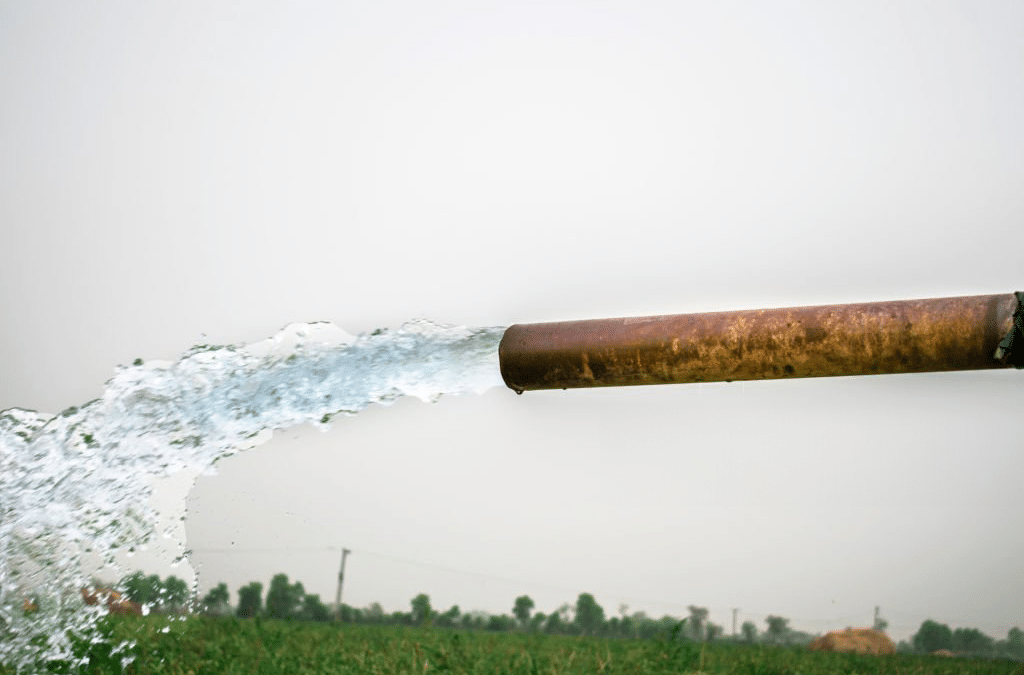
Performance Testing Procedures include measuring flow rates, pressure readings, and water quality parameters to verify cleaning effectiveness. Document improvements for future reference and maintenance planning purposes.
Compare post-treatment performance metrics with baseline measurements to quantify improvement levels and identify any remaining issues requiring attention.
Water Quality Verification involves comprehensive testing for pH levels, iron content, bacterial presence, and visual clarity. Ensure all parameters return to acceptable levels before resuming normal system operation.
For potable water applications, conduct additional testing to verify compliance with Australian Drinking Water Guidelines before returning to domestic use.
Preventive Maintenance Scheduling should incorporate regular bore cleaning to prevent severe contamination development. Most systems benefit from annual cleaning, though heavily contaminated areas may require more frequent treatment.
Establish monitoring protocols to identify early signs of recontamination and schedule preventive treatments before severe fouling develops. Regular maintenance prevents costly system failures and maintains optimal performance.
Professional vs DIY Considerations
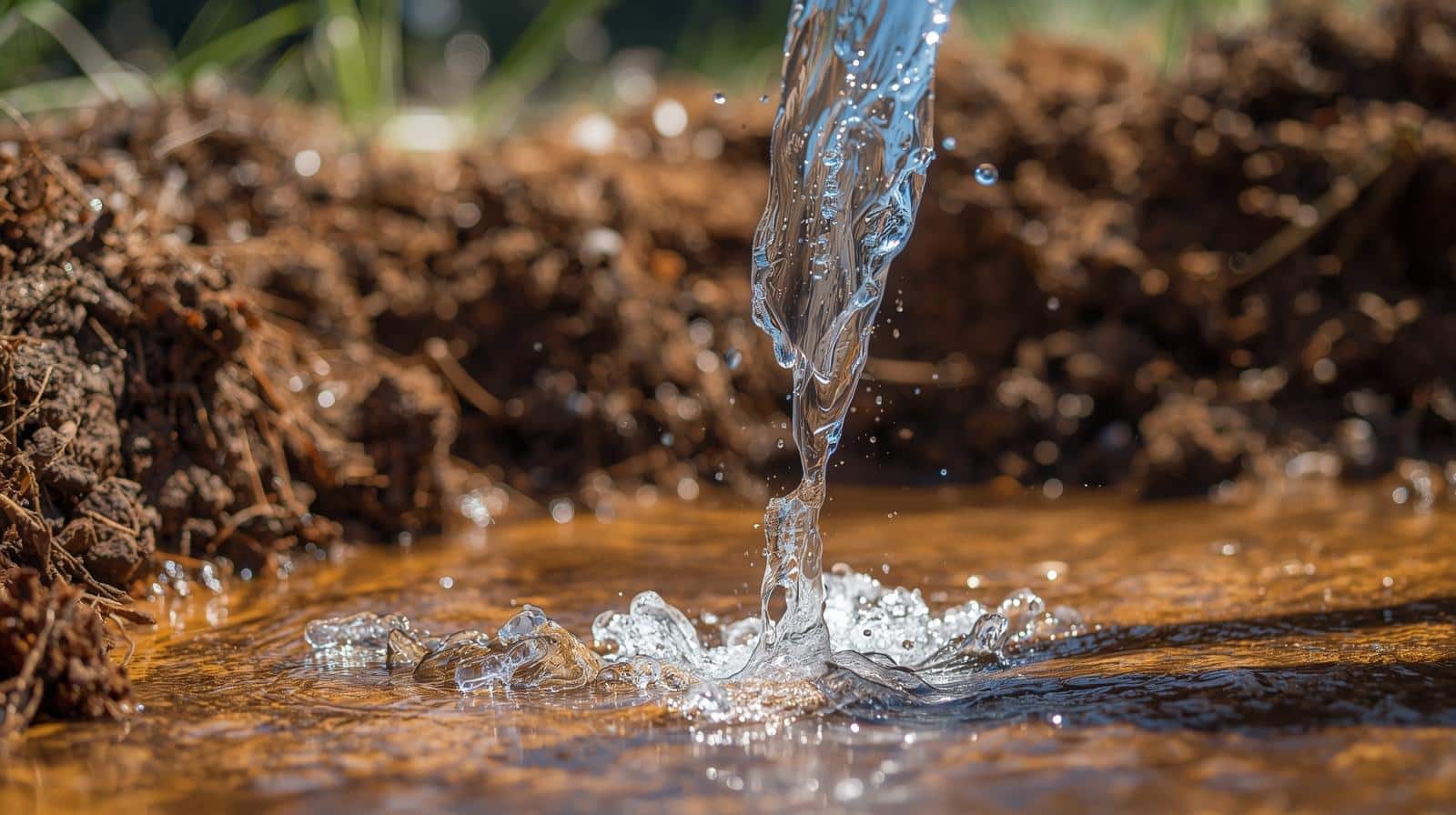
Professional Service Benefits include technical expertise, specialised equipment, and comprehensive safety protocols. Professional services provide detailed system assessment, customised treatment protocols, and performance guarantees.
Complex systems, severely contaminated bores, or potable water applications often benefit from professional intervention to ensure optimal results and regulatory compliance.
DIY Application Guidelines suit straightforward cleaning applications with appropriate safety precautions and technical understanding. Ensure adequate knowledge of product handling, safety protocols, and system requirements before attempting DIY cleaning.
Professional technical advice remains available for dosage calculations, application guidance, and troubleshooting support throughout the cleaning process.
Get Expert Water Bore Cleaning Solutions
Transform your water bore performance with proven cleaning solutions trusted by Australian agricultural, industrial, and municipal operations for over 30 years. Whether you’re dealing with iron bacteria contamination, reduced flow rates, or water quality issues, professional-grade bore cleaning restores optimal system performance whilst protecting your valuable infrastructure investment.
Our technical team provides comprehensive support including system assessment, dosage calculations, and application guidance tailored to your specific bore configuration and contamination challenges. Contact us today for expert advice on restoring your water bore efficiency with Australia’s leading biodegradable cleaning solutions.
Frequently Asked Questions
How long does the water bore cleaning process take?
The complete water bore cleaning process typically requires 8-12 hours including preparation, 6-hour circulation period, and post-treatment flushing. Plan for a full day to complete assessment, treatment, and verification procedures.
What safety equipment is required for water bore cleaning?
Essential safety equipment includes chemical-resistant gloves, safety eyewear, appropriate clothing, and emergency eyewash solutions. Ensure adequate ventilation and maintain first aid equipment readily accessible throughout the process.
How often should water bores be cleaned?
Most water bores benefit from annual cleaning to prevent severe iron bacteria buildup. Systems in high-iron environments or heavy usage applications may require cleaning every 6-12 months based on performance monitoring.
Can I clean my water bore without professional help?
DIY water bore cleaning is possible for straightforward applications with proper safety precautions and technical understanding. Complex systems or severely contaminated bores often benefit from professional assessment and treatment.
What should I do if water quality doesn’t improve after cleaning?
Persistent water quality issues may indicate incomplete treatment, underlying bore damage, or severe contamination requiring extended treatment cycles. Contact technical support for assessment and additional treatment recommendations.

